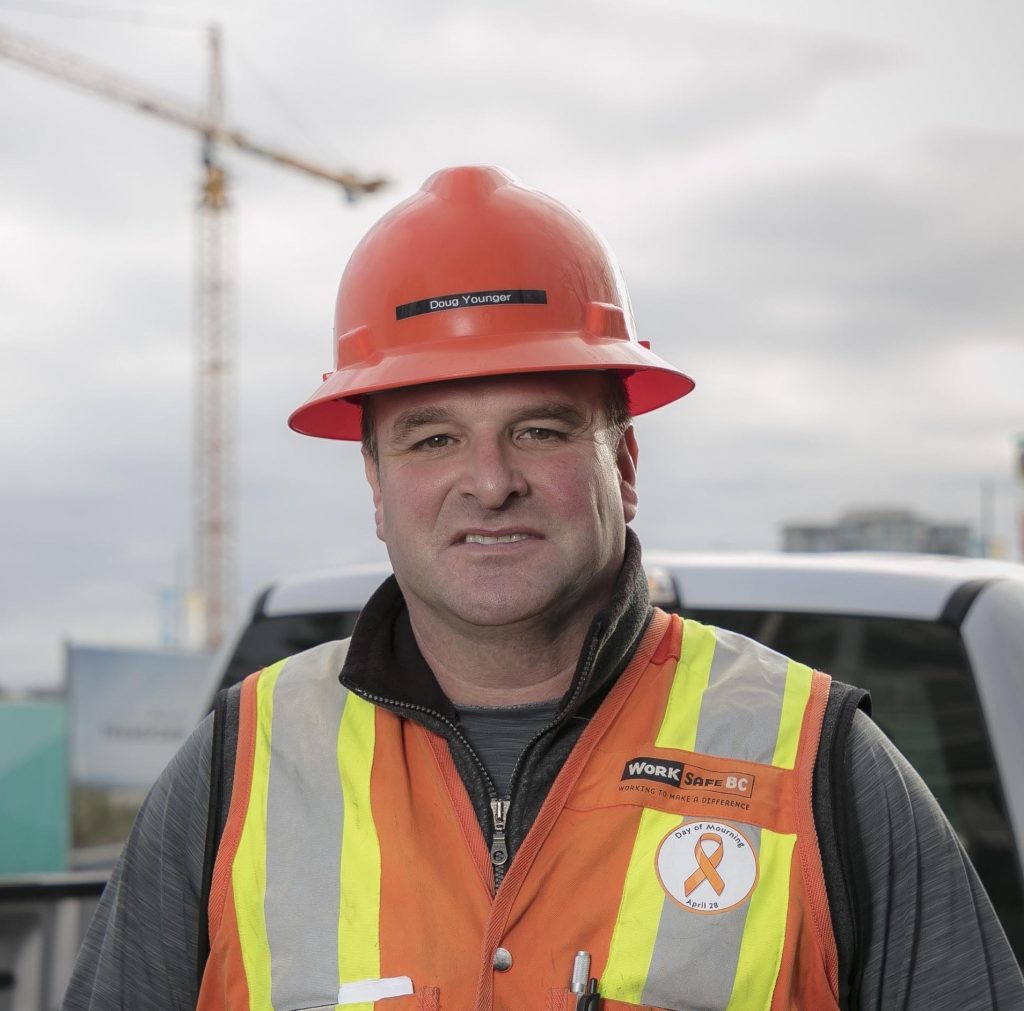
On April 27, 2019, four people died and several others were injured when a crane collapsed, falling off a building onto a busy road in downtown Seattle. It’s a tragic reminder of the catastrophic risk and potentially devastating consequences of what can happen when unforeseen events transpire with tower cranes.
It’s also a reminder for all crane owners, erectors, operators, and maintenance personnel to review all aspects of their tower crane procedures, to prevent a similar tragedy from occurring in British Columbia, and across Canada.
From 2014 to 2018 in B.C., there were approximately 100 accepted time-loss claims for crane operators (mobile, boom truck and tower) in B.C. Incidents were most commonly caused by falls, overexertion, and workers being struck by pieces of equipment, loads or other hazards at the worksite. In its second year of the three-year crane initiative, WorkSafeBC officers are focused on identifying and eliminating tower crane hazards and unsafe-work practices that have the potential to cause serious injury, death, or catastrophic equipment failure at each of the estimated 300 tower cranes operating in the province.
Owners, prime contractors, and employers are ultimately responsible for the safety of their worksites, both for their workers and members of the public. It’s critical to ensure manufacturer’s specifications are adhered to, safe work procedures are followed, and Part 14 of the Occupational Health and Safety Regulation, Cranes and Hoists, is complied with.
Planning is a crucial first step in ensuring work is done safely and effective planning for tower crane erection and operations should start as early as possible in the life of the project. Preliminary questions to consider are: What is the make, model and configuration of the tower crane to be erected? Where will the tower crane be located? Are there overlapping cranes or powerlines on the work site? What are the component weights and where is the delivery and lay down area? How will the employer ensure that the crane is set up in accordance with the manufacturer’s instructions (in the case of a standard crane) and/or instructions from a professional engineer (in the case of a non-standard crane)?
BC Crane Safety and WorkSafeBC are raising awareness about best practices for tower crane erectors and operators and have created a pre-erection requirements checklist. The checklist, was created to assist the prime contractor, crane owner, crane supplier, crane user, crane erection supervisor, electricity entity, mobile crane firm and project supervisor(s) with effective pre-erection communication, planning and responsibility level. The prime contractor should lead the tower crane pre-erection assessment, and discuss each item on the checklist to coordinate any required action.
The checklist, which includes 28 requirements, begins with site layout review including: equipment layout areas, assembly area, mobile crane position, flagged-off work areas and worksite activity planning for the day of erection. Subsequent items include confirming the crane erection crew will receive a site orientation, that there will be a first aid attendant on site during crane erection, a Technical High Angle Rope Rescue Agreement has been established, the machine specific fall protection plan and lock out procedure are available for review. Has a traffic control plan, flight path assessment and noise variance permit been completed and has everyone reviewed and understood it? The checklist also asks whether neighbouring properties have been made aware of the crane erection, and if the crane foundation and installation drawing specific to the project has been certified by a professional engineer (P.Eng.).
There are several other elements included in the checklist to review, consider and determine in the crucial planning stage before a tower crane is erected and in meeting the requirements of Part 14 of the Regulation.
Ongoing collaboration with BC Crane Safety and industry stakeholders helps to promote our mutual commitment to the safe operation of tower cranes. WorkSafeBC has tower-crane resources including inspection checklists available at worksafebc.com and BC Crane Safety also has additional industry resources available at bccranesafety.ca.
Doug younger is an occupational safety officer with WorkSafeBC.
Print this page
 Doug Younger.
Doug Younger.